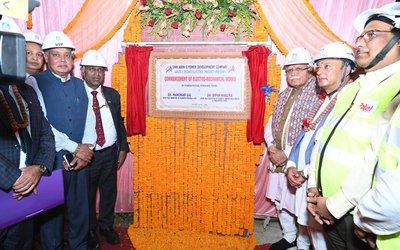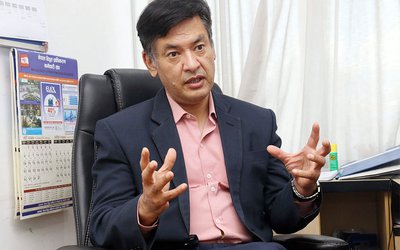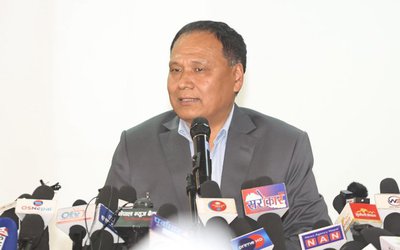
In a restaurant, you can usually buy a whole meal - main dish, side dish, salad, dessert and even a drink for one combined price.Or, you can choose each individual item on the menu (a la carte) with its own price and add them all up.
A la carte pricing refers to the option of choosing and paying for the individual features you want versus getting a package chosen by the seller at one package price.If you want everything in a package, the package price is often better than the individual prices.But if, say, the package includes 10 streaming channels and you only want 5 of them, it might be cheaper to pay a la carte for each channel you want. What is AlaCarta?
Generally, a la Cartameans 'According to the card'.It is a French word and is currently in worldwide use.In the past, this term seems to have been used in restaurants and hotels to choose what the consumer eats or drinks and other services and facilities.
In the context of the digital television distribution system, a la cartarefers to the arrangement with technical arrangements for consumers to watch television programs or channels whenever they want from available television lists and packages.
In this, the consumer can choose the television channel or channel package of his choice and pay the fee accordingly.
Is the channel closed?
It has been indicated that the broadcast of paid foreign channels in Nepal will be stopped from Monday (July 1) after the a la Cartasystem implemented by the Nepalese government has not been implemented. The Department of Information and Broadcasting has recently informed that foreign signal distributors and operators have been formally informed to implement the a la Carta system by the relevant agencies of the Nepal government, but it has not yet been implemented, so the situation has resulted in the closure of such foreign channels.
Ministry of Information and Communications, and the Department of Information and Broadcasting under the Ministry of Information of Nepal has issued a statement saying that it has not received the fees and "bouquet" of paid foreign channels by Ashadh28th.Also, it seems that the government has decided to implement the a la Cartasystem on 15th Chaitra 2079.
In order to justify the financial burden on consumers or viewers who are watching foreign television channels, the government had put forward a plan to implement the a la Carta fee system by reforming the existing fee system.
But before this , the feasibility study of the strong and weak side of a la Cartawas not seen, it can be a subject of discussion and study. If this system was implemented, consumers would be able to pay only for the channels they want to watch.
It is now a reality that consumers have to pay for channels they don't even watch. During a cursory review, the government had fixed the basic package at Rs. 250 per month for the a la Carta system.
Similarly, including paid channels, the fee was fixed at a maximum of five hundred rupees per month.In the case of service providers providing internet and channel facilities, provision was also made that no additional fee could be increased over the current fee.
According to a la Carta system, the department first sent a letter on 17th of Baisakh, the second time on 31st of Baisakhand the third time on 17th Asadh to all the operators of Nepal and foreign television channels to provide paid foreign channel fees and bouquet (bundle of television channels) in Nepal.
Even after repeated correspondence, no information has been received, and the price of "boquet" and per-channel that can be collected from the consumer has not been determined.
Transparent, practical and consumer oriented, the government believes that when this system is implemented, the fee system will be transparent and will benefit the consumers and everyone involved in this system.
For that, the department has also requested everyone to help in the implementation of this system. There are those who are of the opinion that a la carte is unlikely because no one can afford to pay for it.
The idea behind the a la carte order is that you only pay for the channels you watch, which will be lower than the monthly rate for a package of channels. Cable and satellite companies don't want to offer such services, because doing so cuts into their revenues.TV networks also do not want to reduce their revenues, and consumers do not choose an a la carte solution that offers fewer channels for the price they pay for "all you can eat".
Is foreign monopoly an obstacle?
There are also those who hold the opinion that there is no possibility to enter the competitive video delivery service market and compete by offering a la carte, because the existing providers have a monopoly. It has also become public that the directors of some television distribution organizations in Nepal have said that they are positive towards the a la Carta fee system.But it is said that the broadcast of foreign channels will stop when Indian television networks stop it.Indian Broadcasting and Digital Foundation has also requested the Government of Nepal to withdraw from a la Cartathrough correspondence.But the government has moved ahead with the mindset of stopping the broadcasting of the broadcasting channels by implementing this system.
Current arrangement:
According to the current practice, even if they do not have customers, they have to collect a minimum of 20 lakh rupees per month.That is why Indian television networks such as Star Network, Sony Network, Zee Network are trying to prevent the implementation of a la Carta.
In this regard, the networks that are doing business directly without having a distributor in Nepal have said that they do not accept this system.For example, if you want to watch only Sony's sports channel, now you have to pay for all the channels under the Sony network including Sony Entertainment, Sony Sub, Sony Paul, Sony Max, Sony Max Two, Sony With, Sony Yaya, Sony Urdu, Sony Earth etc.
You have to pay a lump sum.But if the Alacarta system is implemented, only the fee of Sony's sports channel will be enough.By doing this, such networks, seeing the loss of their business and income, have abandoned the a la Carta system. It is commendable that the department has also requested all concerned consumers to strongly support the implementation of the decision of the Ministry of Communication and Information Technology for transparency.
It is also recalled that the Ministry decided to implement the a la Carta fee system to improve the current fee system in order to justify the financial burden on the consumers and viewers of television programs.
There is a clear provision that Internet services provided under the Telecommunications Act and broadcasting services provided under the National Broadcasting Act cannot be bundled.It is going to be stopped because internet service providers are also bundling and selling broadcasting services together.
The Telecommunication Authority has also issued instructions from time to time not to bundle in this way. Currently in Nepal, Nepali Signal Distributors (Broadcasters) are distributing domestic television and various free foreign television channels to consumers through various distribution systems such as DTH, Cable, IPTV, MMDS, DTTV etc.are comingTherefore, consumers have to pay a monthly fee to the Nepali signal distributor. On the whole, no one disagrees that there should be a simple, easy and consumer-oriented result rather than having a dispute about the broadcast process of television as an effective communication medium.Yes, it should be done with seriousness. It is not new to get feedback on social media, so let's solve it.
- Nepal’s recent Economic Growth: Critical observations ?
- Apr 12, 2025
- “Kolahalko Kolaj “: A Collection Of Scattered Memories By Prakash Sayami
- Apr 02, 2025
- Nepal-India Trade, Transit And Unauthorized Trade: Some Considerations
- Jan 16, 2025
- PM Oli’s Forthcoming Visit To China: Will The Achievement Be Complete?
- Nov 29, 2024
- Obituary To Dr. Mohan Man Sainju!
- Nov 02, 2024
















